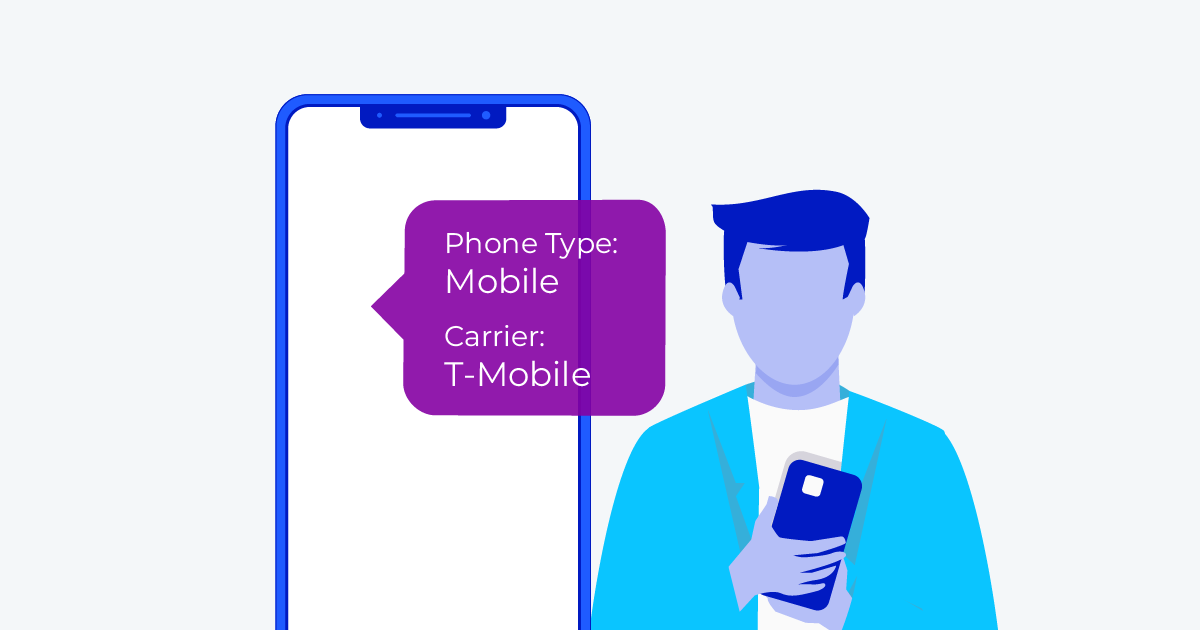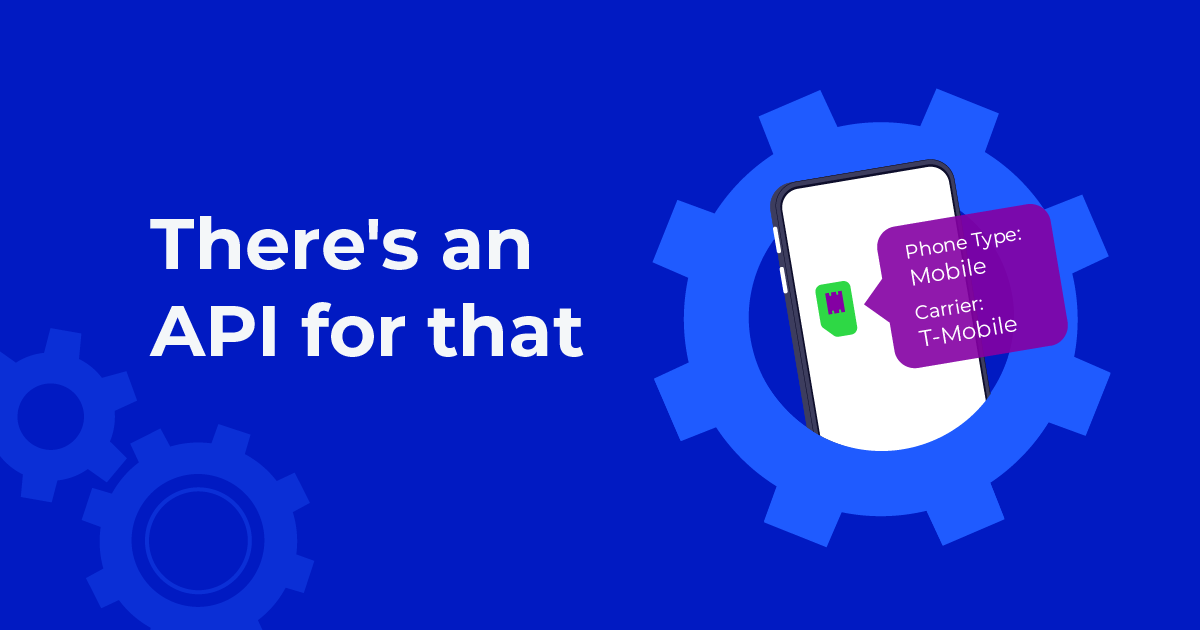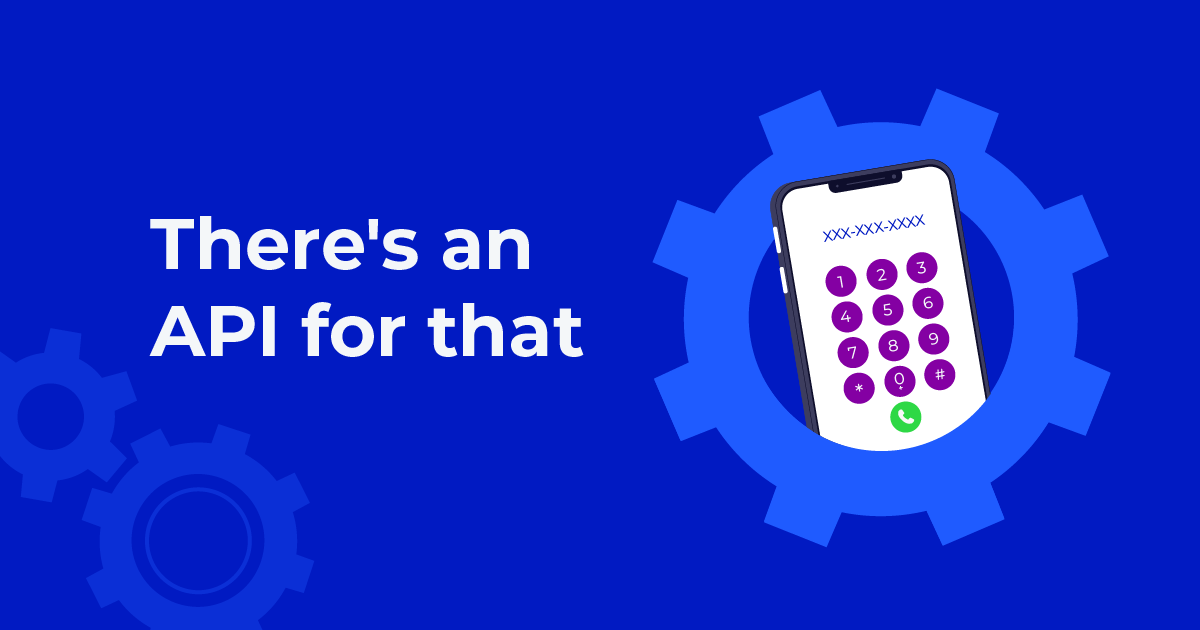
Accurate identity verification has always been one of the biggest issues when onboarding new customers. Companies often stay in the dark about sign-ups until it’s too late, and when it’s too late, businesses lose revenue, brands are damaged, and customers leave.
Fortunately, these onboarding issues are preventable. We will walk you through the different issues when fraud mixes with onboarding new customers and offer some modern solutions.
Potential issues with fraud when onboarding new customers
Most digital companies are pressured to onboard as many new customers as quickly as possible. At the same time, only 60-70% of people complete the onboarding process, leaving companies missing out on nearly half the potential sign-ups.
Clearly, there is something holding people back, and if companies concentrate only on increasing onboard rates without properly vetting new customers, their existing customers may also lose confidence and leave.
The onboarding process can be a delicate balance between security and ease of use. But, even when looking to remove friction and smooth out the bumps in onboarding, the last thing you can afford is to let your guard down and allow fake accounts into your ecosystem, creating poor experiences and headaches for all parties.
Here are some specific issues that may result from fraud during onboarding that negatively impact customers and the bottom line:
- Fake accounts produce spam. It should come as no surprise to businesses with a high volume of account sign-ups that the fake ones bring mass amounts of spam.
- Phishing. A lack of legitimate onboarding security leaves businesses vulnerable to all types of intrusive attacks, such as phishing.
- Promotion abuse. Sign-up promos can be lucrative – and using fake accounts to repeatedly cash in is a common scam. Even if the loss is small, it can increase when other bad actors replicate the fraud tactic. In fact – one fraudster took Uber for a ride for $50,000 with promo abuse!
- Negative brand image. The more fraudsters that get through the sign-up process, the worse your brand image will be. It doesn’t take much for negative experiences to upset a large number of customers, and it certainly doesn’t take long for them to spread the word.
- Potential for a bumpy customer experience. It’s always good to provide friction for bad actors, but good customers expect and demand a frictionless, easy experience. We risk driving away good customers when we rely on ineffective, one-size-fits-all solutions to prevent onboarding fraudsters.
These issues make it clear that businesses need better solutions to combat fraud throughout the onboarding process. Here are some of the ways companies are doing that.
Best ways to combat or prevent fraud during onboarding
Companies find the most success in keeping their ecosystems free of fraudsters by stopping them at the source. Onboarding. The onboarding process is an opportunity to detect fraud and secure the business while simultaneously promoting great customer interaction.
Prevent unauthorized people from creating new accounts
Fake accounts are created quickly and in high quantity in today’s digital world, sending companies reeling to pick up the pieces after the fact. The ultimate goal of companies during onboarding is to push good accounts through as painlessly as possible while eradicating any fraud attempts. Using historical data in combination with fraud detection systems allows businesses to remove the potential for an unpleasant and expensive onboarding experience.
Maximize ease for legitimate customers
In an ideal world, we would be able to onboard new customers globally and at scale. And, though this is certainly possible, doing so while screening for fraudulent customers can dampen the customer experience. What creates the most unpleasant experiences is often the very thing companies are using to keep their customers safe. But, this isn’t the way it has to be.
The right solutions give your customers a trustworthy, easy-to-use sign-up process that is accessible, mobile, and without excessive friction. It will still require some extra steps for a customer, but it will be minimized and inspire confidence in your business.
Modern, simple, and comprehensive solutions
A true onboarding solution simultaneously prevents or limits fake accounts while making life easy for good customers. There are many different models and methodologies, but the best is the simplest: Reputation scoring.
Systems that use reputation scoring make the onboarding process easy to monitor and understand, like a rating system for each account sign-up. Reputation scores compile information about the person in question and deliver that information to the company in a simplified manner, turning the decision into a simple pass/fail level of ease. For example, a sign-up reputation score will either land on the scale as high-risk, medium-risk, or no-risk, giving companies a transparent look at their new customers during the process.
Telesign’s Score API uses something as simple as a phone number to create an individualized model tailored to suit a company’s specific needs. It simplifies the onboarding process by integrating existing systems to prevent fraud.
True identity
Getting transparent insight into customers during onboarding changes the dynamic of the entire process for both your business and your customer. Reducing fraud is just the tip of the iceberg when it comes to the positive results of using reputation scoring to accurately identify new customers.




